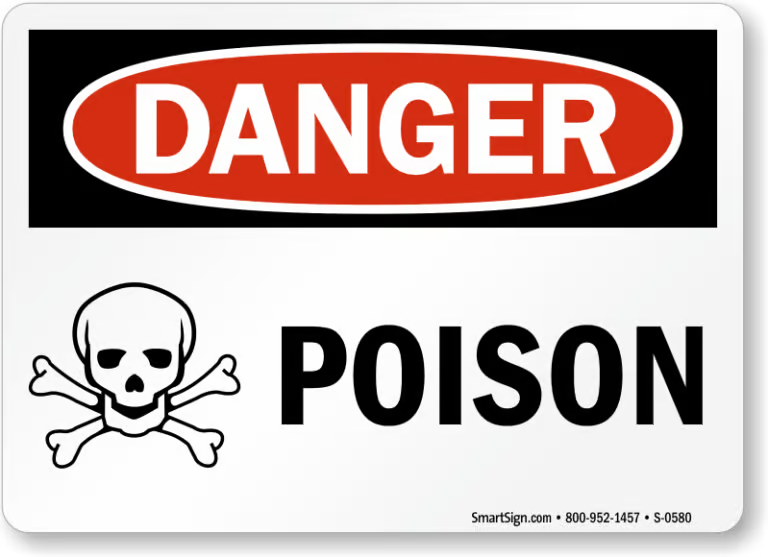PFAS Supposed Most Effective Filtration is Not the Best
According to the USGS at least 45% of the nation’s tap water is estimated to have one or more types of the chemicals known as per- and polyfluorinated alkyl substances, or PFAS, according to a new study by the U.S. Geological Survey.
There are more than 12,000 types of PFAS, not all of which can be detected with current tests; the USGS study tested for the presence of 32 types. Which leaves 11,968 types of PFAS unaccounted for in our water supply!
What I aim to expose is why the most effective way to remove PFAS may not be the best.
In recent studies it has been shown that ion exchange may very well be the most effective way to reduce and remove PFAS from household water supplies. PFAS however is just one grain of sand in an ocean of potential contaminants. Let me explain; The EPA overseas the Safe Drinking Water Act and its implementation in our municipal water supplies.
The Safe Drinking Water Act has some 100 contaminants that must be tested for (no PFAS as of yet) out of the 100 contaminants there are 53 chemical compounds and the rest are heavy metals and other inert or harmless secondary standards for such items as chlorides, sodium water color and the like.
Here is the scary part; the EPA also overseas the Toxic Substance Control Act (TSCA) which protects human health and the environment by, among other things, authorizing EPA to issue rules requiring the testing of specific chemicals and to establish regulations that restrict the manufacturing, processing, distribution in commerce, use and disposal of chemicals and mixtures. Listed on the TSCA are some 80,000 additional chemical compounds that are not tested for!
Which is why I am not in favor of ion exchange for PFAS removal.
Using GAC and Catalytic Carbons is very effective for PFAS reduction and removal and very effective for filtering the other potentially harmful chemicals listed with the SDWA and the TSCA.
Thats potentially an additional 80,000 chemicals that Granular activated carbon could help reduce and remove. Unless your budget is unlimited, GAC is the most effective all around filtration media for PFAS, pesticides, herbicides and other organic chemical compounds.
Check out our GAC (Granular Activated Carbon) water filtration systems here!



